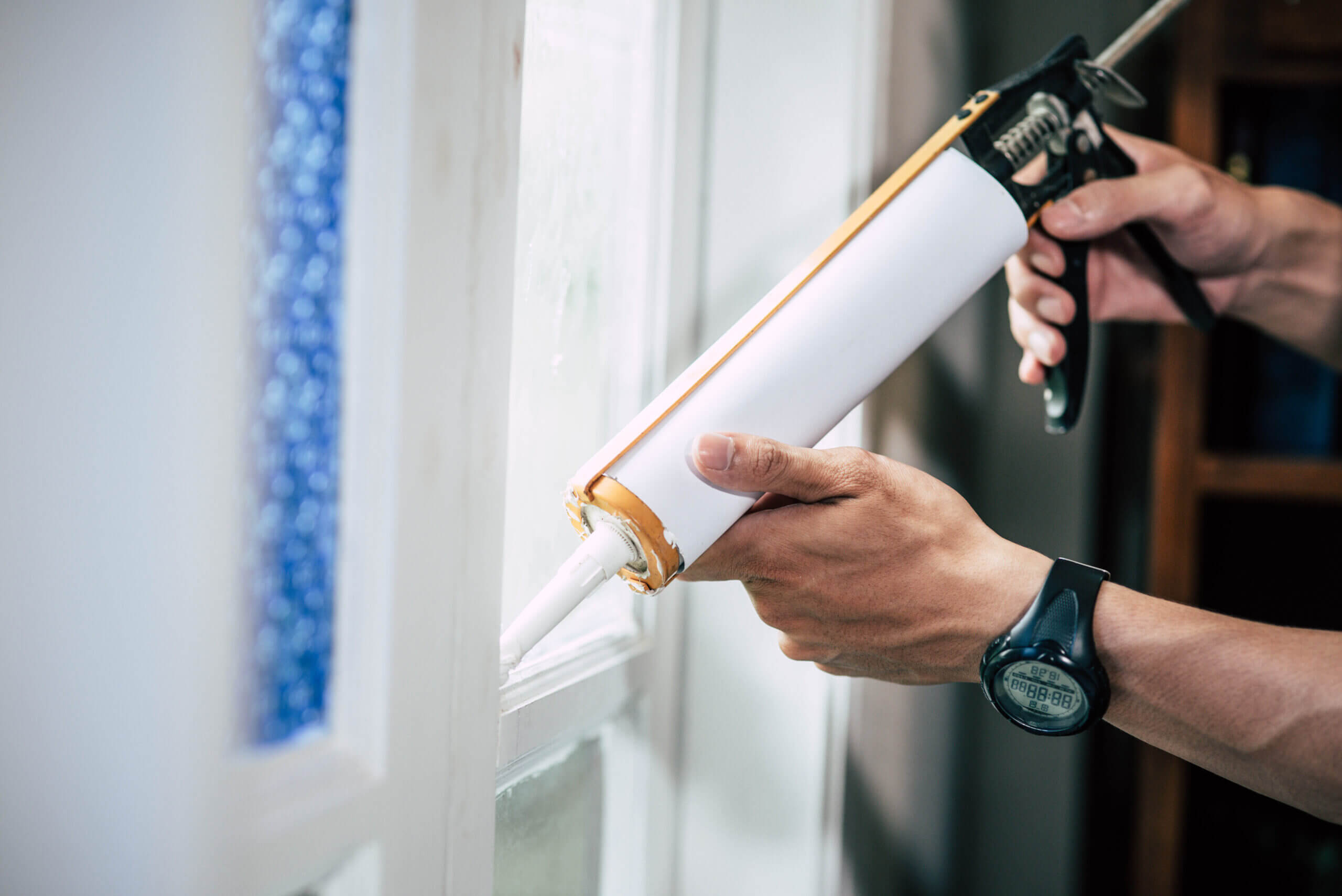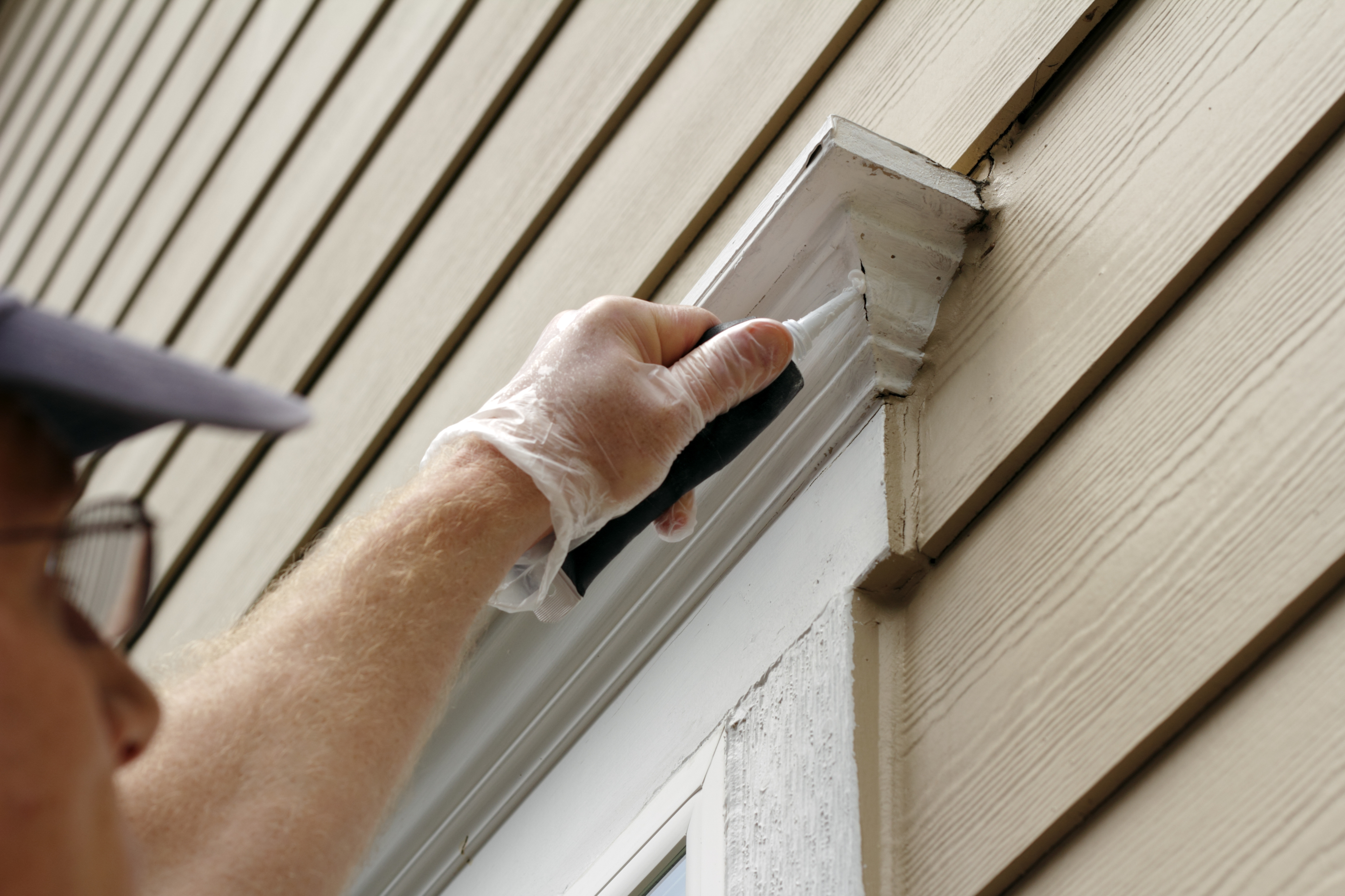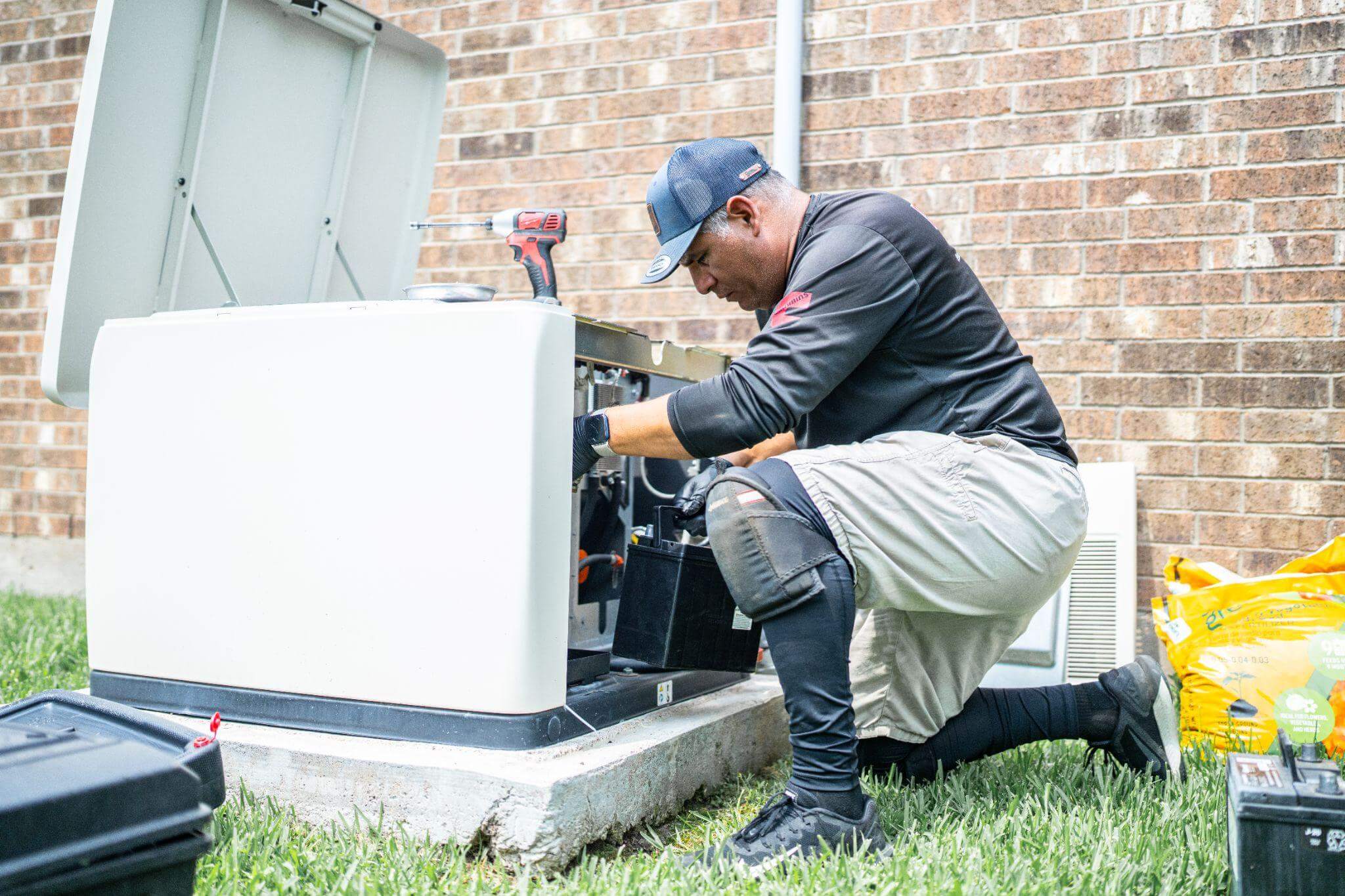Are you doing a windows project?
Modernize can pair you with three to four pros in your area, so you can compare options and save time and money.
Windows are an integral part of your home’s overall energy efficiency and weatherproofing. Choosing the best window sealant is crucial for ensuring that any cracks, air gaps, or other problems are solved quickly, so conditioned air stays where you want it, and the outside elements stay outside. This guide will help you understand the different types of window sealants available and how to choose the best window sealant for your needs.
Understanding Window Sealants
Before diving into the types, it’s important to understand what window sealants are.
Window sealants are materials used to close gaps around windows, preventing air and water from entering or escaping. They are essential for insulation, energy efficiency, and preventing moisture damage.

Types of Window Sealants
There are five main types of sealants. Let’s take a look at what each one is and what each is best for.
Silicone Sealants
Best For: Extreme temperatures and outdoor use.
Why Choose Silicone: It is highly flexible, waterproof, and resistant to temperature changes. Ideal for the exterior sides of your windows that are exposed to harsh weather conditions.
Acrylic Latex Sealants
Best For: Indoor use and paintable applications.
Why Choose Acrylic Latex: Easy to apply and clean up, it’s perfect for the interior side of your windows. It’s also paintable, making it a good choice for windows that need to match the interior décor.
Polyurethane Foam Sealants
Best For: Large gaps and insulation.
Why Choose Polyurethane Foam: It expands to fill larger gaps, providing excellent insulation. Ideal for windows with significant gaps or those in need of enhanced weatherproofing.
Butyl Rubber Sealants
Best For: Bonding dissimilar materials.
Why Choose Butyl Rubber: Its strong adhesive properties make it suitable for sealing joints between different materials like glass, metal, and wood.
Polysulfide Sealants
Best For: Longevity and water-proof applications.
Why Choose Polysulfide: Known for its durability, it’s a good choice for windows that won’t be replaced or resealed often. It’s also suitable for underwater applications, so shower windows or other windows that see a lot of moisture will benefit from it.
Find the Right Contractor for Your Windows Project
Whether you’re ready to begin your project now or need some expert advice, our network of contractors are here to help. With a few simple questions, we’ll find the best local professionals for you
Choosing the Best Window Sealant
If it’s easier for you to choose a sealant based on your main concern instead of sealant type, we’ve organized all the above information in a new way below so you can quickly find the kind of sealant you need.
For Weather-Exposed Windows
We Recommend: Silicone sealants.
Reason: Silicone’s weather-resistant properties make it ideal for exterior windows exposed to rain, sun, and temperature changes.
For Windows Needing a Paint Job
We Recommend: Acrylic latex sealants.
Reason: Its paintable nature allows for a seamless blend with the surrounding area.
For Insulating Purposes
We Recommend: Polyurethane foam sealants.
Reason: Its expansive nature fills up gaps effectively, providing better insulation and reducing energy costs.
For Windows with Large or Irregular Gaps
We Recommend: Butyl rubber sealants.
Reason: Strong adhesion to various materials makes it suitable for sealing gaps that may have appeared between your window frame and wall.
For Windows That See a Lot of Water
We Recommend: Polysulfide sealants.
Reason: Its durability and ability to be installed underwater make it perfect for any windows that see a lot of moisture, like those in your shower.
Application Tips
Sealing a window is a great DIY job. Here’s the general order of operations to follow:
- Clean and dry the area thoroughly before applying any sealant.
- Apply the sealant smoothly and evenly. For larger gaps, consider using a backing material.
- Allow for curing time. Allow the sealant to cure completely before painting or exposing it to water.

Now you know that choosing the right window sealant depends on the specific needs of your window. Whether it’s battling harsh weather, enhancing insulation, or ensuring a perfect paint job, there’s a sealant for every purpose. By understanding the different types and their ideal uses, you can ensure that your windows stay efficient and well-maintained for years to come.
Find the Right Contractor for Your Windows Project
Whether you’re ready to begin your project now or need some expert advice, our network of contractors are here to help. With a few simple questions, we’ll find the best local professionals for you
Reviews from Real Homeowners
Welcome to Homeowner Resources! We are the Modernize blog. Modernize pairs more than 3 million homeowners a year with pre-vetted contractors in their area. This blog started because we believe homeowners should know everything about their homes, from how their HVAC works to which front door colors they might love. On Homeowner Resources, you can find information on every part of your home, right down to how you can negotiate with contractors to get the best price. Here's more about the blog.
Need a contractor? Learn more about how Modernize finds the right pro for you.



